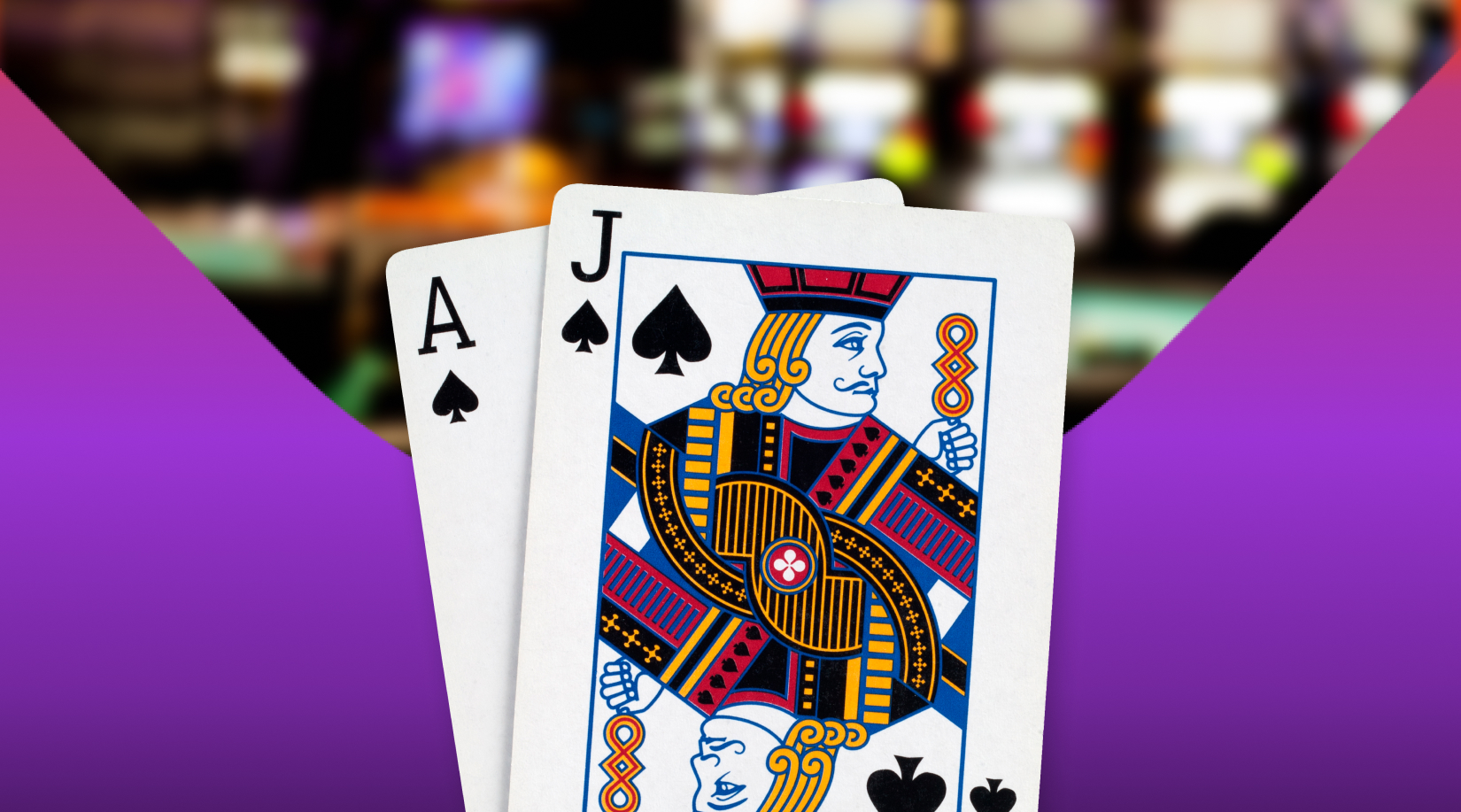If you’ve spent any time looking into blackjack games online, it’s likely that you’ll have noticed two main types: American and European. That’s because there are slightly different rules, win conditions and play styles!
In this guide, I’m going to take you through the key differences between American and European blackjack. By the end, you’ll have a clearer understanding of which game appeals to you the most. Who knows, you might even want to give both a try!
Try playing blackjack games at Tonybet!
American blackjack: overview
American blackjack is an evolution of the traditional game of 21 that’s composed of all the best bits from different US variations. The original game, vingt-et-un, is actually thought to date all the way back to 17th-century France (if the name didn’t give it away!).
At its core, American blackjack is still the same beast as its European cousin. However, many players flip between the two styles for a little variety in the rules. Here’s a selection of gameplay rules and expectations you’ll find in the American version of this popular game:
- You can use either six or eight decks in this game, which adds a huge variety to the cards you could pull.
- The dealer gets two cards, one being face up, and the other face down. The added bonus for the dealer here is that they can peek at the face-down card if the face-up card is an ace. If they score a blackjack based on this, the player instantly loses!
- Blackjack payouts can be higher in the American variation, worth up to 6:5 if you convert.
- Players have additional powers in American blackjack compared to the European variant – for example, they can double down after making a split, and on any sum on any hand.
- Splitting in American blackjack is curtailed to once per hand that includes an ace, but players can also split up to three times in any one game. Plus, they can split on cards worth 10, such as face cards.
- Players are even able to surrender late in the game if they wish.
- The dealer is expected to stand on a soft 17, meaning that they treat an ace as being worth 11.
- These rules can mean that players take risks more frequently in American roulette – some of the twists I’ve described so far have built up from local variations on the game across the States.
- However, this doesn’t mean that you have any kind of guarantee of winning. As with all blackjack tables, the turn of the cards is always random, and there is always a house edge! As usual, it pays to be as careful as possible with your bankroll and play time.
Finally, it’s worth noting that not all American blackjack games are the same! Just as the umbrella term refers to several US twists on the game in general, there are actually a few different ways to play American blackjack.
For example, some versions of the game will have different side bets, and slightly different rules when it comes to dealer and player hands. The best strategy to take is to carefully read any how-to-play guides you come across so that you know what you’re getting into!
European blackjack: overview
If you look at European blackjack after the American version, you’ll probably think that it’s a little simpler! European blackjack is much closer to the traditional game as it was intended, or at least how casinos across the continent have kept it over several decades.
With that in mind, many blackjack players choose to play the European version first because it’s more straightforward. Mathematically, European and American blackjack games are pretty similar – the key difference is the hole card, where dealers can peek at an ace. Let’s take a look at some key rules from European blackjack to compare:
- Unlike American blackjack, you only have two decks of cards in this game, and you’ll only ever get a 3:2 conversion on blackjack itself. Fewer cards can make it easier to anticipate certain cards (but do remember that card counting is banned in most cases!).
- What’s more, you get 1:1 back in the event of a tie, and if you place insurance, you’ll get double your money back if the dealer scores 21.
- If the dealer makes 21, their hand always wins over the player’s, no exceptions.
- There’s no peeking on the ace in this version of the game. The dealer only gets one card face up, and will only get a second card after the player finishes their turn.
- If the dealer does get an ace, however, your ability to surrender is forfeited.
- Like American blackjack, the dealer always stands on a soft 17. However, they also need to hit on any hand worth 16.
- Players also have to abide by a few other rules. For example, you’re not allowed to split more than once, and unlike American roulette, you can’t double down on a split.
- In fact, players can only double down if their hands contain a hard nine, 10 or 11. This means that your hand makes up these totals without an ace.
- Splitting also has some extra rules – you can’t split cards worth four, five or 10 if they are different.
Main differences between American and European blackjack
Now that we’ve broken down American and European blackjack a little, here is a quick, handy table for visual reference.
| American blackjack | European blackjack | |
| Dealer peek (hole card) | Yes | No |
| Blackjack odds | Up to 6:5 | Always 3:2 |
| Surrenders | Available late in the game | Forfeited if the dealer draws an ace |
| Soft 17s | Dealer always stands | Dealer always stands, but always hits on a soft 16 |
| Doubling Down | Doubling down after splits is permitted | No double downs on splits, and only on hard nines, 10s and 11s |
| Splitting | Can split up to three times per game (once per ace hand), and can split on card values worth 10 | Can only split once per game, and can’t split different cards at value four, five or 10 |
| Number of decks | Six or eight | Two |
Conclusion: which game is better?
Whether via live casino or in real life, certain players prefer American blackjack to European blackjack largely due to there being more room for risky manoeuvres. However, many people prefer the European variation purely because it’s simpler – there are only two card decks to keep track of, and there’s no hole card or peeking rule.
Generally, European blackjack is recommended as a beginner’s choice, and it’s likely the best option for people who want to play the game as it was intended – it’s the closest to traditional pontoon or 21.
That said, both games have their merits, and if you’re exploring the games catalogue at Tonybet, it’s well worth checking out the different variations of blackjack to see what fits your playing style the most! Just remember to always play responsibly – always keep a close eye on your bankroll, and set time limits for your games so that you’re always in control.
Start playing blackjack and other live casino games at Tonybet today!




 Graham Pierrepoint
Graham Pierrepoint